
Esperanto is the world's most widely spoken constructed international auxiliary language. Created by L. L. Zamenhof in 1887, it is intended to be a universal second language for international communication, or "the international language". Zamenhof first described the language in Dr. Esperanto's International Language, which he published under the pseudonym Doktoro Esperanto. Early adopters of the language liked the name Esperanto and soon used it to describe his language. The word esperanto translates into English as "one who hopes".
Esperanto culture refers to the shared cultural experience of the Esperantujo, or Esperanto-speaking community. Despite being a constructed language, Esperanto has a history dating back to the late 19th century, and shared socio-cultural norms have developed among its speakers. Some of these can be traced back to the initial ideas of the language's creator, Ludwig Zamenhof, including the theory that a global second language would foster international communication. Others have developed over time, as the language has allowed different national and linguistic cultures to blend together. Some Esperanto speakers have also researched the language's ideologies.
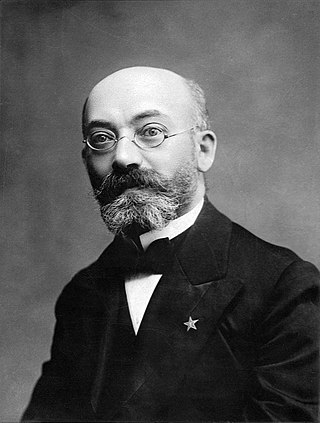
L. L. Zamenhof was the creator of Esperanto, the most widely used constructed international auxiliary language.

Dr. Esperanto's International Language, commonly referred to as Unua Libro, is an 1887 book by Polish ophthalmologist L. L. Zamenhof, in which he first introduced and described the constructed language Esperanto. First published in Russian on July 26 [O.S. July 14] 1887, the publication of Unua Libro marks the formal beginning of the Esperanto movement.
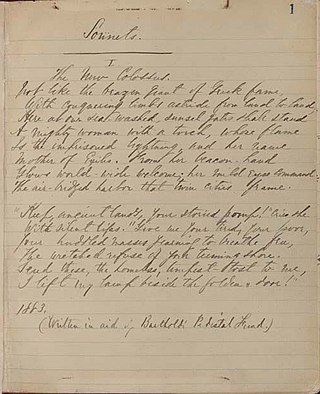
"The New Colossus" is a sonnet by American poet Emma Lazarus (1849–1887). She wrote the poem in 1883 to raise money for the construction of a pedestal for the Statue of Liberty. In 1903, the poem was cast onto a bronze plaque and mounted inside the pedestal's lower level.
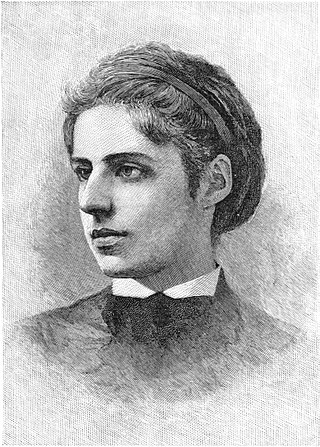
Emma Lazarus was an American author of poetry, prose, and translations, as well as an activist for Jewish and Georgist causes. She is remembered for writing the sonnet "The New Colossus", which was inspired by the Statue of Liberty, in 1883. Its lines appear inscribed on a bronze plaque, installed in 1903, on the pedestal of the Statue of Liberty. Lazarus was involved in aiding refugees to New York who had fled antisemitic pogroms in eastern Europe, and she saw a way to express her empathy for these refugees in terms of the statue. The last lines of the sonnet were set to music by Irving Berlin as the song "Give Me Your Tired, Your Poor" for the 1949 musical Miss Liberty, which was based on the sculpting of the Statue of Liberty. The latter part of the sonnet was also set by Lee Hoiby in his song "The Lady of the Harbor" written in 1985 as part of his song cycle "Three Women".
Robert Bernard Alter is an American professor of Hebrew and comparative literature at the University of California, Berkeley, where he has taught since 1967. He published his translation of the Hebrew Bible in 2018.
Interlinguistics, also known as cosmoglottics, is the science of planned languages as it has existed for more than a century. Formalised by Otto Jespersen in 1931 as the science of interlanguages, in more recent times, the field has been more focused with language planning, the collection of strategies to deliberately influence the structure and function of a living language. In this framework, interlanguages become a subset of planned languages, i.e. extreme cases of language planning.

The Declaration on the Essence of Esperantism, commonly referred to as the Declaration of Boulogne, is a historic document that establishes several important premises for the Esperanto movement. The Declaration was written by L. L. Zamenhof and ratified in 1905 by the attendees of the first World Esperanto Congress, held in Boulogne-sur-Mer, France.
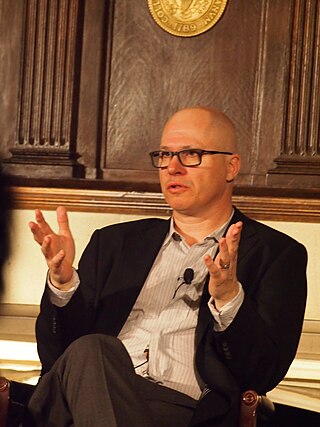
Aleksandar Hemon is a Bosnian-American author, essayist, critic, television writer, and screenwriter. He is best known for the novels Nowhere Man (2002) and The Lazarus Project (2008), and his scriptwriting as a co-writer of The Matrix Resurrections (2021).
Homaranismo is a philosophy developed by L. L. Zamenhof, who laid the foundations of the Esperanto language. Based largely on the teachings of Hillel the Elder, Zamenhof originally called it Hillelism. He sought to reform Judaism because he hoped that without the strict dress code and purity requirements, it would no longer be the victim of antisemitic propaganda. The basis of Homaranismo is the sentence known as the Golden Rule: One should treat others as one would like others to treat oneself.

Dua Libro de l' Lingvo Internacia, usually referred to simply as Dua Libro, is an 1888 book by L. L. Zamenhof. It is the second book in which Zamenhof wrote about the constructed language Esperanto, following Unua Libro in 1887, and the first book to be written entirely in the language.

Richard Henry Geoghegan was an Anglo-American philologist and the first known Esperantist from the English-speaking world. As a young man, he emigrated to the United States, first living in Washington state and then in the Alaska Territory.
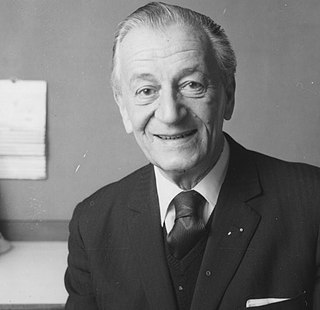
Ivo Lapenna was a Dalmatian Italian law professor and Esperantist, born in Split in 1909.
Horace Meyer Kallen was a German-born American philosopher who supported pluralism and Zionism.
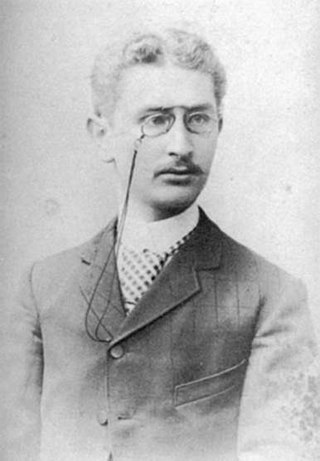
Max Talmey (1869–1941) was an American ophthalmologist of Jewish-Lithuanian descent, best known as Albert Einstein's tutor who introduced him to fields of and books on natural science and philosophy, for his success in treating cataracts, and for his work on auxiliary languages.

La Esperantisto, stylised as La Esperantisto., was the first Esperanto periodical, published from 1889 to 1895. L. L. Zamenhof started it in order to provide reading material for the then-nascent Esperanto community.

Grace Seixas Nathan (1752–1831) was a Jewish-American poet and a member of a prominent Sephardic family.

Bridge of Words: Esperanto and the Dream of a Universal Language is a 2016 non-fiction book by American poet and professor Esther Schor. Concerning the history of Esperanto, the world's most widely spoken constructed language, it looks at various figures within Esperanto's history as well as Schor's own experiences with the language as an Esperantist.
Martha Himmelfarb is an American scholar of religion. Her areas of focus include the Second Temple period in Jewish history, Jewish and Christian apocalyptic literature, Hekhalot literature, early Christianity, early rabbinic Judaism after the fall of the Second Temple, and the Jewish priesthood. She became an academic at Princeton University in New Jersey in 1978, and eventually acquired the named chair of William H. Danforth Professor of Religion. She took on emeritus status at Princeton in 2022. Much of Himmelfarb's work is on the intersection of Hellenistic Judaism, Jewish Christianity, and early Christianity in general; she considers older approaches to have overly downplayed early Christianity's Jewish roots and Jewish influences, and advocates that the wider split between Judaism and Christianity occurred more slowly and gradually than traditional views portrayed it.














